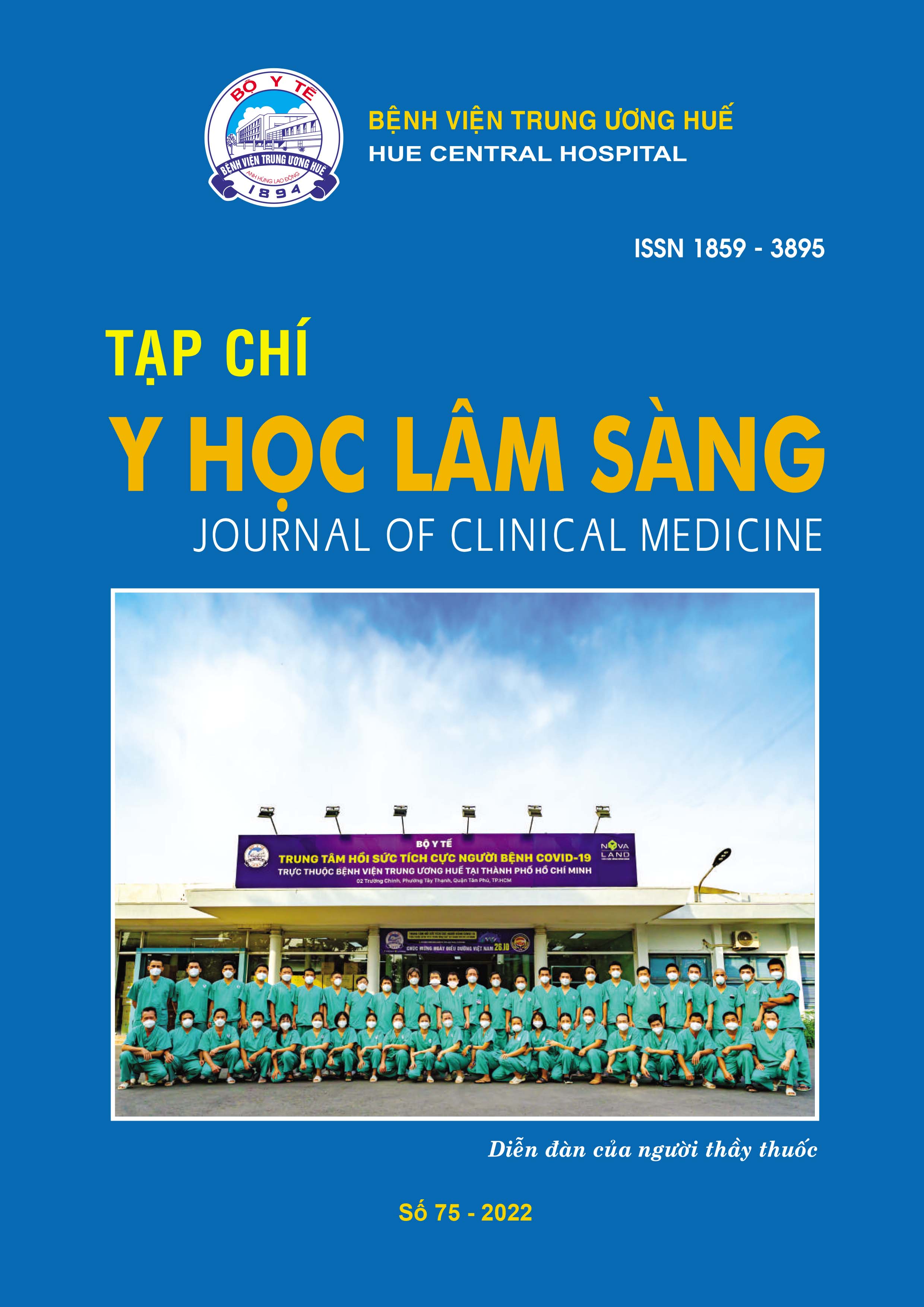Abstract
Background: Infection with Covid 19 and sepsis is a severedisease that leads to a high risk of death. This study aims to describe the characteristics of Covid-19 patients with positive blood culture, elements of bacteria causing sepsis, and the level of antibiotic response of bacteria on the antibiotic chart.
Methods: A cross - sectional descriptive study was conducted on 26 Covid-19 patients with positive blood culture 8/2021-10/2021.
Result: Twenty - six Covid-19 patients had an average age of 57.89 years (range: 32 - 78). Of these, 57.7% of patients were older than 60 years; women were more than men. 69.23% of patients had a medical history of the disease. The average treatment time was 16.35 days; 84.62% of patients had positive blood cultures after 48 hours of treatment. 23.08% of patients were recovered after treatment. 96.15% of patients increased CRP, 100% of patientsincreased Procalcitonin, and 86.46% increased leukocytosis and neutrophils. The bacteria that caused the most sepsis are Acinetobacter baumannii, Escherichia coli, Burkholderia cepacia with 19.23%. Gram - negative bacteria were most sensitive to Carbapenem, Aminoglycoside antibiotics. Gram - positive bacteria were more susceptible to Linezolid and Vancomycin antibiotics.
Conclusion: Sepsis with positive blood culture in covid patients increases the mortality rate. Identifying bacterial strains and appropriate aggressive antibiotic treatment for each bacterial is necessary.
References
Bộ Y tế. Phác đồ điều trị covid 19. Quyết định số 4689/QĐ-BYT, Hà Nội. 2021
Michael Cox, Nicholas Loman, Debby Bogaert et al. Co-infections: potentially lethal and unexplored in COVID-19. Lancet Microbe. 2020;1(1):e11.
Bộ Y tế. Hướng dẫn chẩn đoán và điều trị một số bệnh truyền nhiễm. Quyết định số 5642/QĐ-BYT, Hà Nội. 2021
Thomas Lardaro, Alfred Wang, Antonino Bucca et al. Characteristics of COVID-19 patients with bacterial coinfection admitted to the hospital from the emergency department in a large regional healthcare system. 15 January 2021. https://doi.org/10.1002/jmv.26795
Zheng, Yamei, Gao et al. Characteristics and outcomes of patients with COVID-19 in Hainan, South China. Medicine. 2021;100(11):e24771
Hanie Esakandari, Mohsen Nabi-Afjadi, Javad Fakkari-Afjadi et al. A comprehensive review of COVID-19 characteristics. Biol Proced Online. 2020;22:19
Nguyễn Thị Thanh Hà. Nghiên cứu đặc điểm lâm sàng và vi sinh bệnh nhân nhiễm khuẩn huyết do Acinetobacter baumannii. Luận văn tiến sỹ y học, Viện nghiên cứu y dược lâm sàng 108. 2012.
Bùi Thị Vân Nga và cs. Xác định mức độ nhạy cảm với kháng sinh với các chủng vi khuẩn gây bệnh thường gặp tại viện Huyết học-Truyền máu Trung ương năm 2013. Y học Việt Nam, 2013;423:345-349
Nguyễn Hồng Hà. Nhiễm khuẩn do MRSA: thử thách và giải pháp trong thời đại gia tăng MIC. Bệnh viện nhiệt đới TW. 2012.
| Published | 01-01-2022 | |
| Fulltext |
|
|
| Language |
|
|
| Issue | No. 75 (2022) | |
| Section | Original article | |
| DOI | 10.38103/jcmhch.2022.75.10 | |
| Keywords | Nhiễm trùng huyết, vi khuẩn, nhạy cảm, Covid-19. Sepsis, bacteria, sensitive, Covid-19. |

This work is licensed under a Creative Commons Attribution-NonCommercial-NoDerivatives 4.0 International License.
Copyright (c) 2022 Journal of Clinical Medicine Hue Central Hospital

